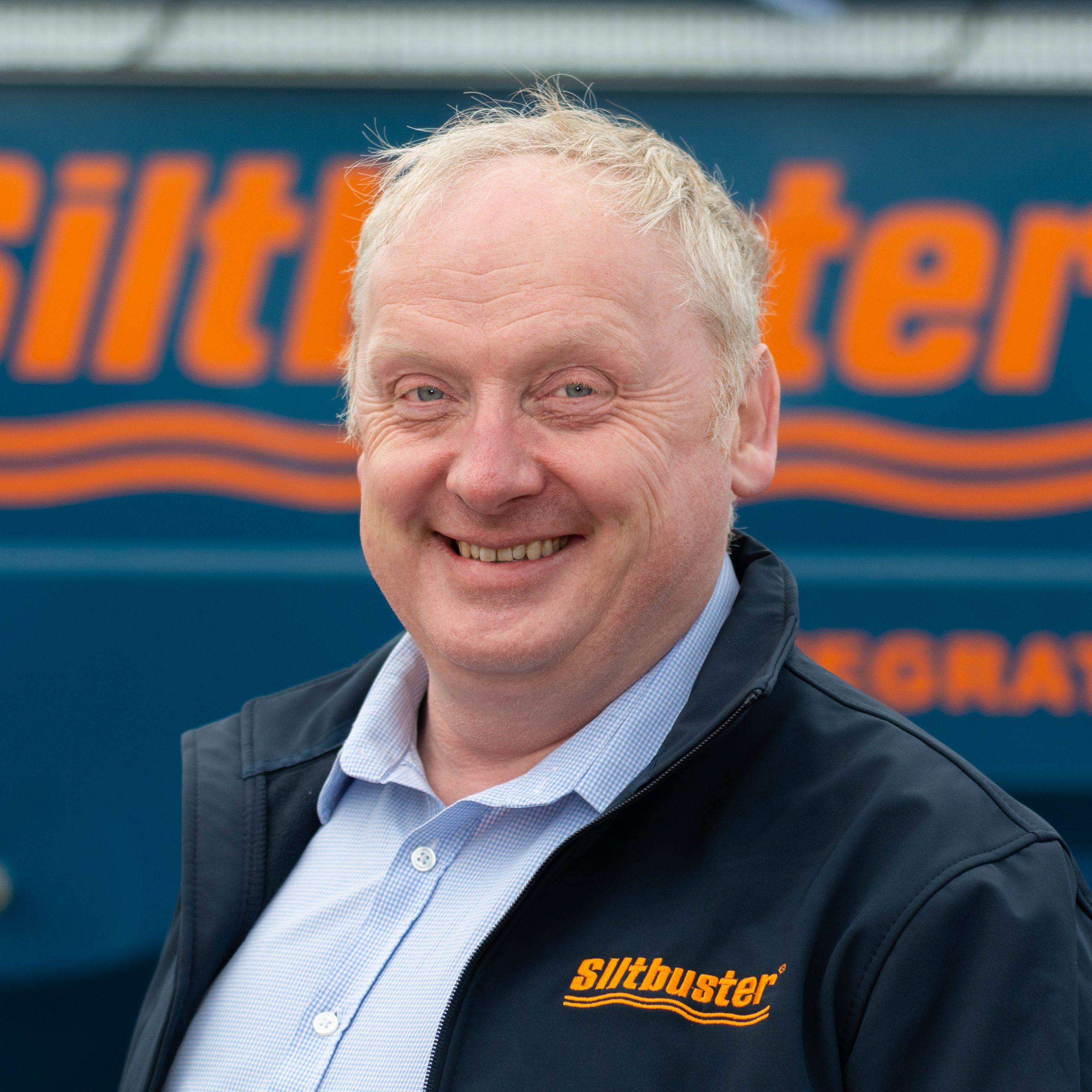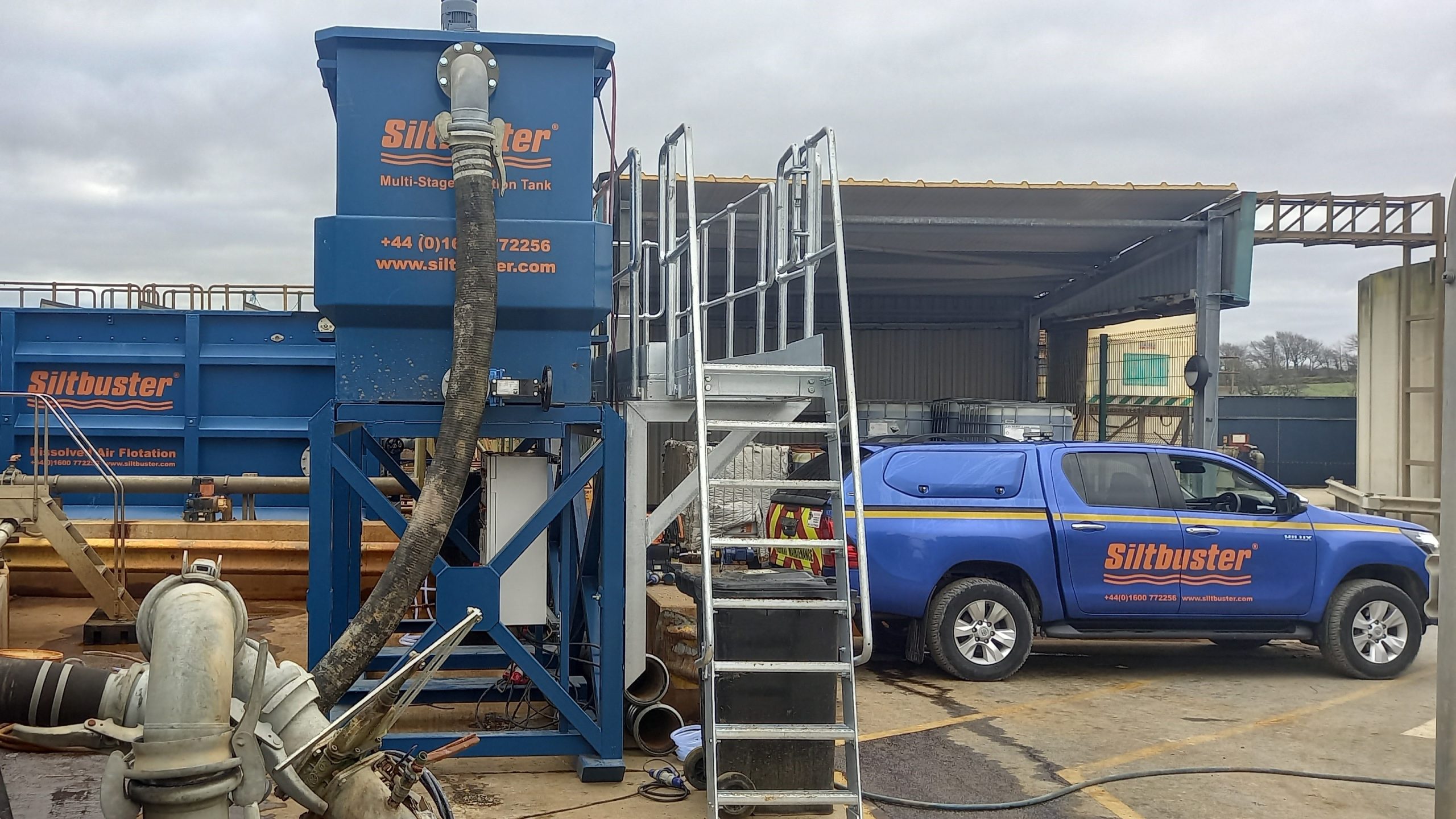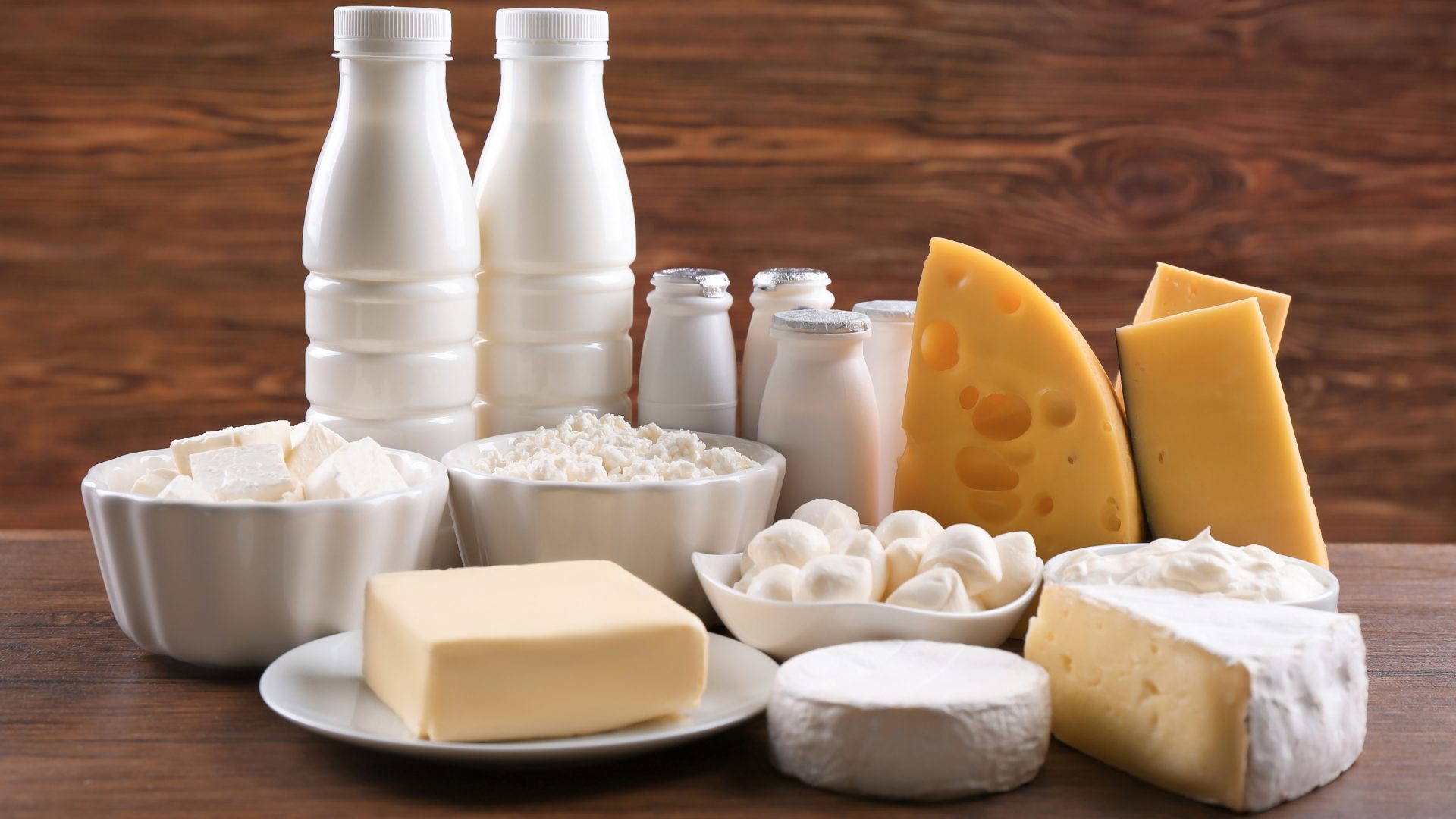
David Gaskill, Business Development Manager – Industrial at Siltbuster, looks at the water treatment challenges facing the dairy industries.
From the milk in your tea to the cheese in your sandwich, your daily dose of dairy is only possible thanks to the world’s most precious resource – water.
Estimates suggest the UK uses a staggering 41 billion litres of it each year to produce four billion litres of milk – and that’s not counting more used in the production of related foods like butter, cheese, and yoghurt.
Dairy businesses use high volumes of water, partly because of the need for regular washdowns to keep meticulous levels of cleanliness and hygiene, avoiding the spread of harmful bacteria. Dairy accounts for 6.5% of total average water use in the UK food and beverage sectors, putting it in the top third of businesses in the UK food and beverage sector.
Dairy businesses also face a bigger challenge with the treatment of wastewater than those in many other industries, because the effluent they produce is especially high in fats, oils and greases.
The costly problem with wastewater from dairy production
Dairy processing produces large volumes of wastewater with high levels of fats, sugars and suspended organic solids that lead to loss of oxygen in watercourses – bad news for the ecosystem – and can contribute to ‘fatbergs’ which lead to sewer blockages and flooding.
The concentration of these solids is measured through their Biochemical Oxygen Demand (BOD) and Chemical Oxygen Demand (COD). These figures must be reduced to a safe level before wastewater can be discharged to municipal treatment facilities or a watercourse.
Although tankering wastewater away is a possibility, for all but the very smallest producers this is a costly and inelegant solution. Most producers will end up discharging at least some, and probably most, of their wastewater to the sewer.
Water companies will charge for this using an industry standard known as the Mogden Formula, which takes into account the levels of contaminants in wastewater. In all cases, when discharging to sewers, the higher the COD and suspended solids, the higher the cost will be.
A maximum level – the consent – is set for each business, above which it faces a red letter and possible fines. Conversely, by reducing the amount of contaminate discharged, Mogden charges can be dramatically reduced.
There are two ways to cut the amounts of these contaminants reaching sewers or water – reducing the volume of wastewater produced, and reducing the amount of suspended solids and COD present in the wastewater.
Since the first is difficult to achieve in the dairy industry, the latter is where the biggest opportunity lies.
Reducing contamination and cost, stage by stage
Many dairies, especially smaller ones, just use very basic separation – a single stage, rudimentary form of water treatment which filters out large globules of fat, oil, and grease for disposal before wastewater is discharged.
Basic separation alone may allow you to meet your discharge consent, but it offers no control or flexibility, and any small change in the wastewater could result in consent failures.
A basic balance tank can be added to the process to even out flow and load of wastewater, which allows optimum conditions for any downstream treatment processes.
However, there is more effective treatment that can go beyond that, using Dissolved Air Flotation (DAF), which is a proven system for reducing fats, oils and grease and suspended solids.
DAF tanks are highly versatile and work by using very small air bubbles to separate fats and solids from water so they can be skimmed off and easily removed. This can be achieved using a number of stages – each one improving the effectiveness of the process and reducing the contaminant levels.
These are:
- Chemical addition: A pre-treatment stage that uses carefully chosen chemicals where needed to improve the performance of the DAF unit.
- Solids removal: A finely tuned process that results in the best possible clarity without the need for filtration.
- Biological treatment post DAF: This optional chemical free step uses “friendly bacteria” to consume dissolved and solid organics for a further improvement in water quality.
Each of these stages has a cost, but also a benefit in the form of a potentially significant saving on Mogden charges. Every dairy is different, so every solution should be tailored to its needs, and some will find that the “sweet spot” of cost vs benefit comes after fewer stages than others.
This is where modular solutions are a perfect answer. These are built off site, to each business’s requirements, using the elements needed for each unique scenario. They are then transported to site as a fully packaged plug and play solution, installed by experts and set to work.
For a large dairy business, the savings resulting from reduced Mogden charges using a modular solution like this could be hundreds of thousands of pounds a year.
For mid-sized and small producers, who are less likely to buy the equipment, a solution rented on a medium to long-term basis can result in savings that have an immediate impact on a dairy business’s bottom line and ensure it is in consent.

Keeping production flowing
Even dairy businesses that already have their own DAF tanks and water treatment processes will benefit from renting modular packaged solutions from time to time. For example:
- To support planned maintenance: Using a packaged solution when there is downtime can save a business having to cease operations while maintenance is carried out. The solution is quickly deployed, run for as long as needed and then removed. The costs of downtime are obviously large for the bigger players in the dairy industry, but even for smaller artisan producers working with smaller volumes and higher margins, a temporary solution that keeps production flowing can be more cost effective than a pause in production.
- Unplanned repairs: Clearly, prevention is better than cure – but in the event of an unforeseen breakdown, a rapidly deployable, ready to go solution can be a lifesaver and will keep production moving until the problem is solved.
- Seasonal variations: It makes no economic sense to make capital investment in equipment that is only fully used for part of the year. For many dairy producers – for example those meeting summer demand for ice cream, or Christmas surges for brandy butter or cheese, extra capability, rented only when it is needed, is a much smarter solution.
- R&D/Proof of Concept: When a business is considering increasing production or adding new products, the impact on their process and the risks associated with capital investment can be nerve-wracking. A rental project allows small or full scale testing to be carried out to prove that a particular solution is the right type and scale. Once the customer is satisfied, they can then rent or buy the same full-scale solution in full confidence. Data from the trial can be used to optimise the final design.
It’s not just about cost savings
While reduction in Mogden charges and operational costs are attractive to any dairy business, there are other benefits to packaged, modular water treatment solutions.
- Confidence: Capital investment is driven by many reasons – new products, growth, changes in legislation and standards – but where there is opportunity there is also risk. Experts can effectively design and specify solutions, but there is nothing better than empirical data and proof.
- Valuable by-products: One person’s trash is another’s treasure – it’s only waste when it’s thrown away. Biological fats and grease can be valuable by-products that produce biogas when broken down in an anaerobic digestion process. Depending on the volume of solids a business is producing, and its proximity to a suitable anaerobic digestion plant, these by-products can provide an additional income stream for dairy businesses.
- Eco benefits: Packaged solutions designed and assembled in the UK have a greatly reduced carbon footprint when compared to equipment shipped from overseas.
- Reputation: Business are increasingly making ESG (Environmental, Social and Governance) pledges – and a commitment to reducing contaminants in discharged wastewater is a powerful message.
Find out more at www.siltbuster.co.uk/dairy



